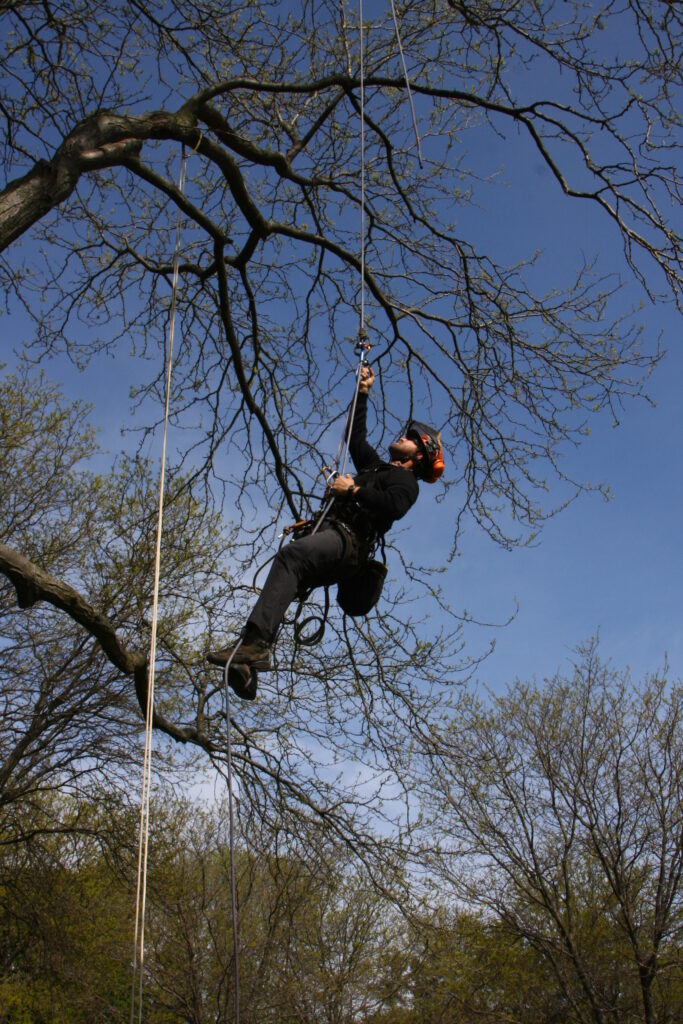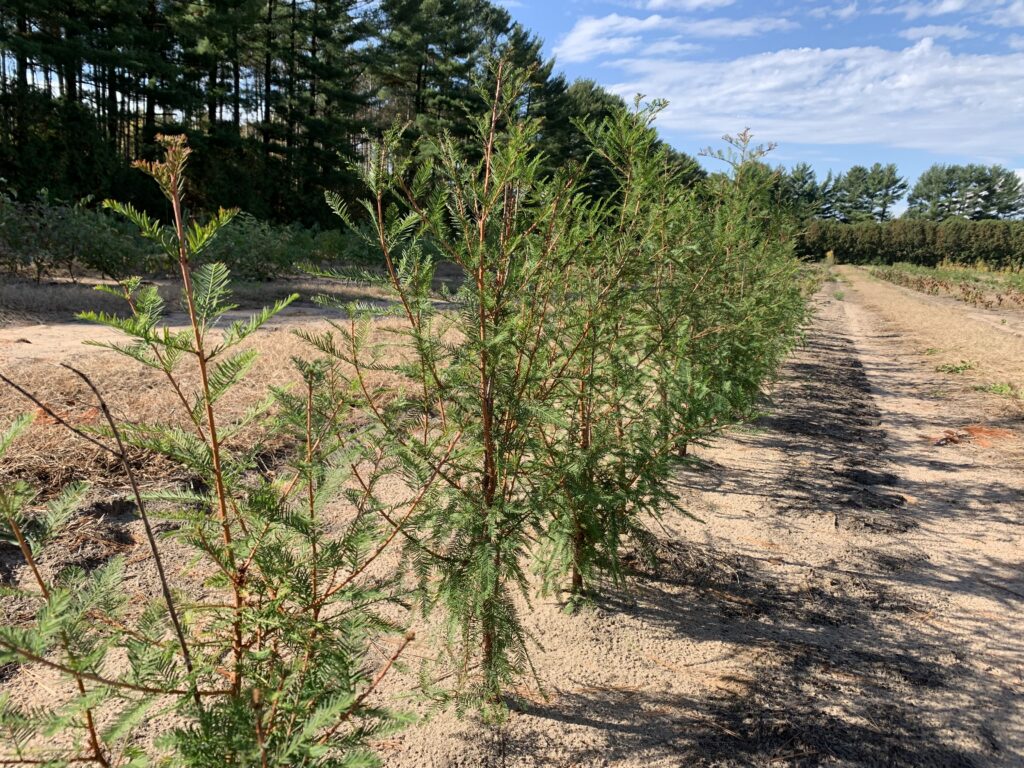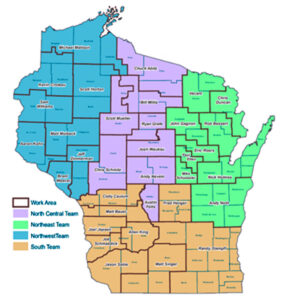 Join the Wisconsin Arborist Association (WAA) for its summer conference. It will be held at the University of Wisconsin-River Falls University Center in River Falls, Wisconsin, on Friday, July 26, 2024. The program will have a little something for everyone, Planting for the Future and feature two educational tracks, one indoors and one outdoors.
Join the Wisconsin Arborist Association (WAA) for its summer conference. It will be held at the University of Wisconsin-River Falls University Center in River Falls, Wisconsin, on Friday, July 26, 2024. The program will have a little something for everyone, Planting for the Future and feature two educational tracks, one indoors and one outdoors.
Topics include:
- Storm damage to trees
- Construction project management
- Tree stress and management
- Tree diversity options
- Mentoring the new generation
- Training new climbers
- Company training
- Aerial lift to climbing transitions
- Drone applications
Continue reading “WAA Summer Conference And Tree Climbing Competition July 26-28”

 Many residents and land managers in southeastern Wisconsin search for effective and efficient practices to control exotic invasive plants in our natural areas. The Southeastern Wisconsin Invasive Species Consortium is teaming up again with
Many residents and land managers in southeastern Wisconsin search for effective and efficient practices to control exotic invasive plants in our natural areas. The Southeastern Wisconsin Invasive Species Consortium is teaming up again with 

 Council, has updated its recommended species lists for street and park trees. You can find those four documents below and under “Tree Species Selection” on the
Council, has updated its recommended species lists for street and park trees. You can find those four documents below and under “Tree Species Selection” on the 



